How can a picnic table enhance your child's outdoor experience? What are some considerations to keep in mind when selecting a picnic table for your child? This guide explores key factors for selecting sturdy, durable picnic tables suited for children. We discuss innovative designs, safety features, and considerations for selecting the perfect picnic table. Finally, we address the importance of proper storage to ensure long-term use.
The Role of Picnic Tables in Enhancing Outdoor Experience
A staple in parks and backyards, picnic tables provide welcome places for people to gather, connect, and make lasting memories. The simple yet versatile design of picnic tables facilitates outdoor dining, games, crafts, and conversations in the open air. Both public parks and private yards benefit greatly from these durable, communal furnishings that allow relaxation, recreation, and enjoyment of the natural environment.
Picnic tables designed for kids need to provide safe, comfortable seating for smaller bodies while accommodating active play. The ideal table is sized appropriately, constructed of long-lasting materials, and incorporates child-friendly details. Assessing the shape, building materials, safety features, age-based sizing, placement, and maintenance needs allows parents to find the optimal picnic table for their children.
.jpg)
Endless Entertainment for Kids at Picnic Tables
Kids picnic tables are an ideal outdoor activity station for children to engage in a wide variety of fun activities and learning opportunities beyond just eating meals. Here are some of the great benefits picnic tables outdoors offer for kids:
- Encourages physical movement and active play: Picnic tables become the perfect play table, allowing kids plenty of space to do crafts, play games, read stories, or just burn energy.
- Allows social interaction: Kids learn to cooperate, share, and resolve conflicts through group activities at the table.
- Means for STEM education: From nature studies to simple science experiments, kids can explore science concepts.
- Space for arts, crafts, and creativity: Tables facilitate all kinds of building, coloring, painting, and sculpting projects.
- Opportunity for responsibility: Kids can help set places, clean up afterward, and assist with prep.
- Facilitates family bonding: Tables provide a central spot for families to connect through games, conversations, and quality time.
- Inspires imagination: Tables can become anything—from a lemonade stand to a theater stage set in a child's eyes.
- A place to rest and recharge: Tables offer a shady spot to take a break from playground equipment and re-energize.
- Kid-friendly design: Size, shape, and surfaces made for little hands to safely interact and play.
With supervision, picnic tables give kids both structure and freedom for outdoor adventure.
Shapes and Styles
Picnic tables come in a variety of shapes, each with their advantages.
- Rectangular: The traditional rectangular table is the most common style. This practical shape efficiently seats medium to large groups. The long shape also provides ample play space on the surface. Rectangular tables with attached benches maximize seating capacity while preventing benches from shifting apart.
- Hexagonal and Octagonal: These tables seat groups more closely together, promoting interaction. The unique shapes can also create playful settings that inspire children's imaginations. Rounded edges boost safety. Detached benches add flexibility in seating arrangements.
- Circular: Round picnic tables promote conversation and community. Circular tables can feel more welcoming and inclusive to little kids. However, the curved benches may allow wiggle room. Attached, shaped benches improve safety and stability.
- Square: Square picnic tables provide efficient seating for 4-6 people. The intimate shape fosters conversation while fitting smaller spaces. Rounded edges improve safety.
When selecting a shape, consider space constraints, desired seating capacity, and supervision needs. Compact hexagonal or circular tables suit small backyards. For large gatherings, rectangular tables maximize seating and play space.
The Different Kinds of Material
There are a variety of materials used to construct children's picnic tables, each offering distinct advantages. The material choice impacts the overall sturdiness, longevity, safety, and ease of care of the picnic table.
Recycled Plastic
 (1).jpg)
Recycled plastic picnic tables offer a durable, low-maintenance option perfect for public spaces. They are constructed from heavy-duty recycled plastic lumber that resists weathering and insects without the need for painting or staining and contains no toxic substances, making them safe for kids and the environment.
Fiberglass
Fiberglass kid's picnic tables offer a fun and durable option for playgrounds and parks. They feature a steel frame with a corrosion-resistant finish and molded fiberglass seats and table tops designed specifically for children.
Metals
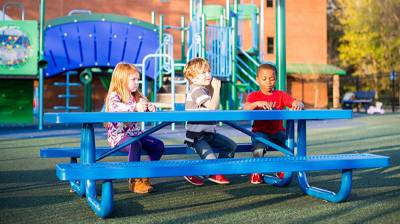
Steel and aluminum are strong, stable options. Powder-coated metals resist rust and scratches. However, metal conducts heat and can be too hot for children's skin, so keep metal tables out of direct sun when possible. Look for rounded corners and edges.
Concrete
There are many lasting benefits of concrete tables. The hard, smooth surface resists weather, warping, splintering, and rotting. Concrete does not rapidly conduct heat like metal. Paints and sealants add color and protection. The durability and permanence of concrete make it ideal for securing in place outdoors. However, concrete is heavy and can pose injury risks if collided with at high speeds.
How to Choose the Picnic Right Table
Selecting the right picnic tables for kids requires careful consideration of their ages and sizes. Aim for tables that allow them to sit comfortably with thighs fitting under the top and feet flat on the ground. Many kid-sized tables are designed for specific age groups, so check specifications before purchasing.
When choosing materials, opt for non-porous, easy-to-clean options, like plastic and metal. These can be wiped clean easily after inevitable messes from arts, crafts, snacks, and playtime. Smooth surfaces like these are better suited for outdoor use than porous woods, which can rot and splinter without constant sealing. Prioritizing easy-to-clean materials saves time and effort while keeping picnic tables safe and hygienic for kids.
Look for contoured seats for additional comfort during lengthy creative activities or meals. Vibrant colors, playful patterns, and whimsical designs also add to the outdoor experience for children.
Key Safety Features
Certain design details create safer, more secure picnic tables for rambunctious little ones. When selecting a picnic table, look for design elements that minimize injury risks during energetic play.
- Rounded Corners: Sharp 90-degree corners pose collision risks and can cause painful cuts and bruises. Tables with smoothly rounded corners better protect kids from bumps and falls.
- Attached Benches: Benches that are permanently attached to the table prevent sliding, wobbling, or separating. Attached benches keep tables stabilized and avoid dangerous gaps kids could slip into.
- Covered Hardware: Exposed bolts, screws, and joints create pinch and laceration risks. Hardware that is recessed, capped, or plugged reduces hazards for little fingers and knees.
- Weight Limits: Consult manufacturer guidelines for safety-tested weight capacities. Sturdy picnic tables engineered for children to handle active play without tipping over.
- Anchors: For added stability, permanently anchor picnic tables into the ground. Anchor points prevent shifting and lifting if rowdy kids climb on the benches.
With the proper safety features in place, parents can feel at ease while supervising the flurry of activity that happens around picnic tables.
Strategic Placement to Impact Experience
For parks, the layout of furnishings plays a key role in visitor engagement. Strategic placement of park furnishings tailored to kids enhances their outdoor recreation experiences. Clustering picnic tables, playgrounds, and splash pads creates a central hub for families. Surrounding this zone with benches gives parents places to supervise comfortably.
Thoughtful placement of the following elements promotes user experience:
- Locate picnic tables near play areas but allow privacy spacing between.
- Place waste bins near high-traffic areas like playground exits to teach responsible disposal.
- Position bike racks off main paths used for games and foot traffic.
- Install wayfinding signs with bright colors and simple labels to help young kids navigate independently.
- Shade structures by playgrounds and tables give relief on hot days.
- Thoughtful kid-centric placement promotes safety, learning, and discovery in the park environment.
Accessible Picnic Tables
Picnic tables should accommodate all children regardless of physical abilities. Accessible designs with extended tabletops, knee clearance, and easy access points allow kids using wheelchairs to join in the fun.
Wheelchair-accessible picnic tables create an inclusive play and dining environment outdoors so no child feels excluded from the experience. Portable lightweight models, as well as permanent mount tables, provide access for all. Thoughtful placement away from obstructions enables full participation.
For picnic areas accessible to all, Picnic Furniture provides many options in size, style, and material. Our ADA-compliant picnic tables come in durable concrete, plastic coated, wood, aluminum, or recycled plastic.
Keeping the Kids Cool and Dry
Picnic tables allow outdoor fun in all seasons when equipped with weather protection elements. Here are some options:
- Umbrellas: Portable freestanding or clamp-on umbrellas provide adjustable shade coverage. Look for durability features like UV-resistant fabric, sturdy poles, and venting. Position over table centers for best coverage.
- Table umbrellas: Compact versions are installed into tabletops to shade individual seats from the sun.
- Shade Structure Sun Canopies: Custom canopies are installed atop play structures or mounted to table frames to create sheltered spaces. Water-resistant fabric tops sloped for rainfall runoff.
- Cabanas: Open-air structures with roofing provide permanent shade and rain protection. Fun for decorating!
Get creative in blending these elements to extend picnic seasons! Added protection keeps kids smiling through summer heat or spring showers.
The Importance of Ongoing Maintenance
Routine maintenance preserves safety and longevity. Follow manufacturer cleaning guidelines.
Here are some general upkeep tips:
- Wash regularly using only mild, non-toxic cleaners. Sanitize with a bleach solution.
- Check for splinters, cracks, and loose hardware. Sand down any splinters. Replace deteriorated slats or planks.
- Re-anchor into the ground if a noticeable wobble or movement occurs.
- Oil or stain wood annually. Reseal painted finishes if cracking or peeling appears.
- Lubricate adjustable height mechanisms.
- Repair damaged or bent metal components. Replace if rusted through.
Proper care not only improves appearance but also enhances safety and longevity. Taking steps to repair, clean, and protect picnic tables ensures these outdoor fixtures remain structurally sound, splinter-free, and ready to withstand active kid play for years to come.
.png)
Quality Picnic Tables from Picnic Furniture
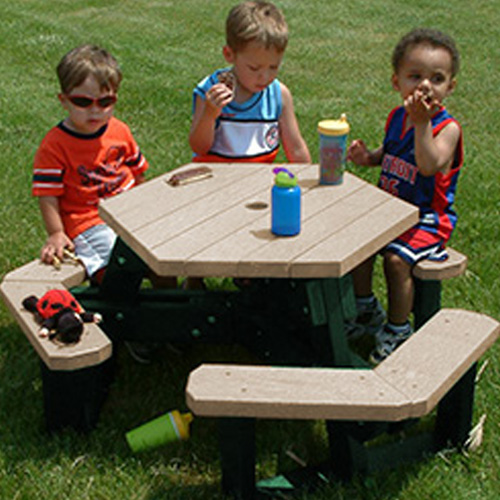
For over 20 years, Picnic Furniture has been the leading provider of commercial outdoor furniture built to withstand heavy use. We offer an unrivaled selection of picnic tables constructed from durable materials like thermoplastic, aluminum, high-density polyethylene, wood, and concrete. Our tables are designed for superior weather resistance, low maintenance, and long-lasting quality. Read our comprehensive picnic table guide for more information.
Browse our selection of picnic tables to find the ideal table for your needs and budget. To enhance the outdoor experience of your children, shop for kid's picnic tables.
Frequently Asked Questions
What are the safest picnic table materials for children?
Plastic and metal are the safest, most durable options. Heavy-duty plastics resist weather and won't rot, crack, or splinter. Powder-coated steel, aluminum, and iron are sturdy and rust-resistant but can get hot. Both materials have rounded corners for safety.
What is the seating capacity of a kid-sized picnic table?
Rectangular tables typically seat 4-6 kids, depending on size. Tables for smaller children fit up to 4 comfortably. Check manufacturer guidelines for weight limits to avoid overloading.
How often should you replace a picnic table?
With proper materials and maintenance, a quality picnic table can last 15-20 years or longer. Replace immediately if you notice structural damage or weakness. Also, replace if splintering, large cracks, or heavy rusting cannot be repaired.












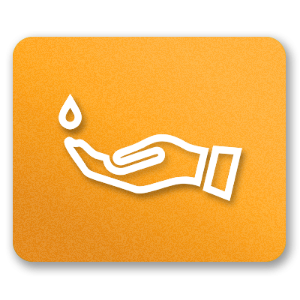


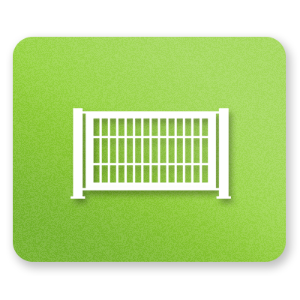




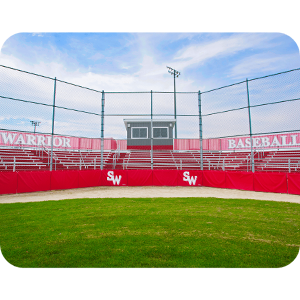
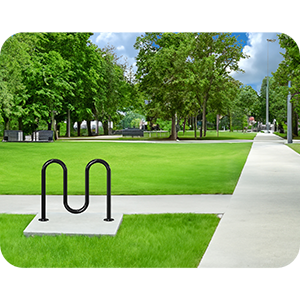
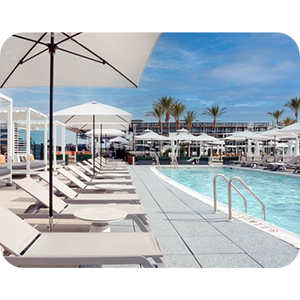
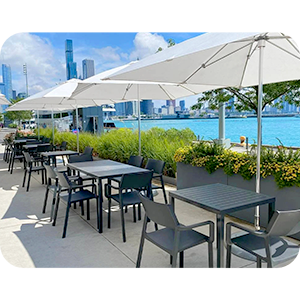

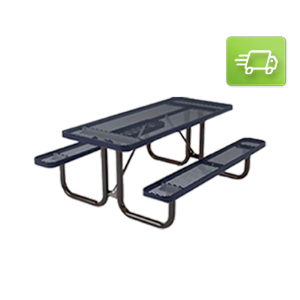
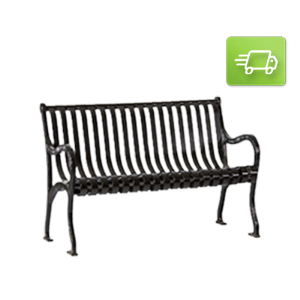
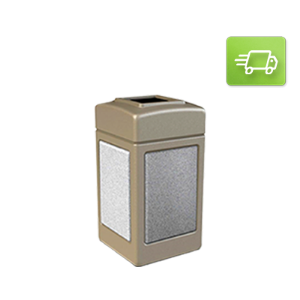
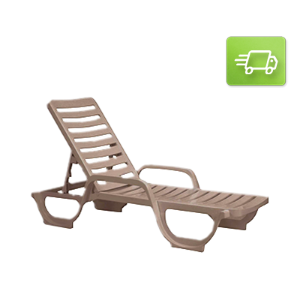
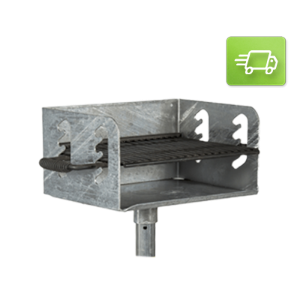
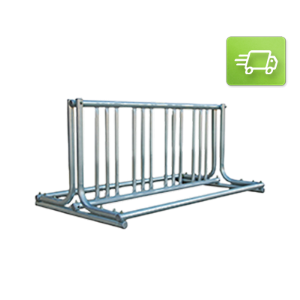
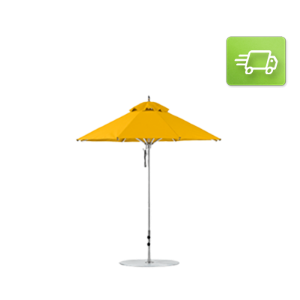
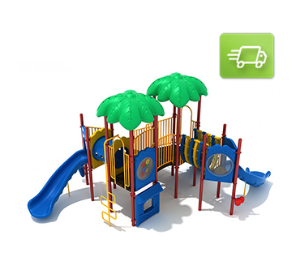
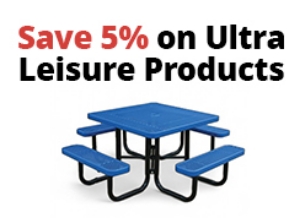
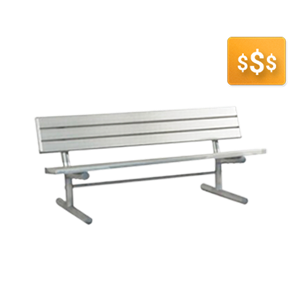
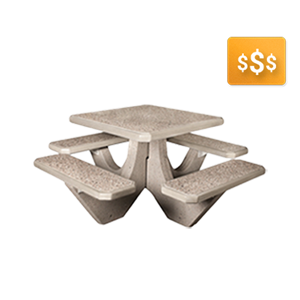
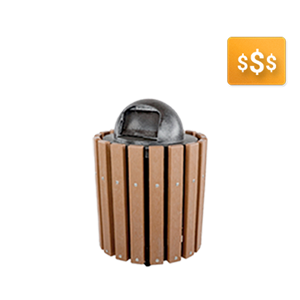
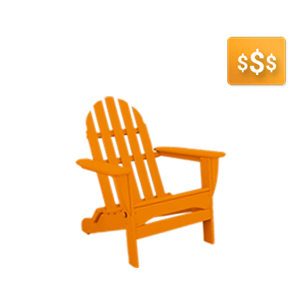
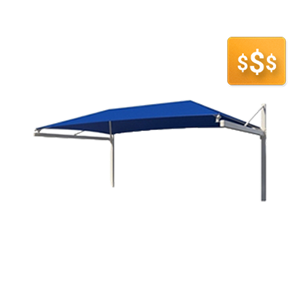
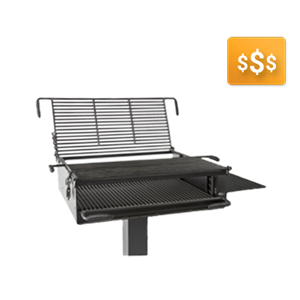
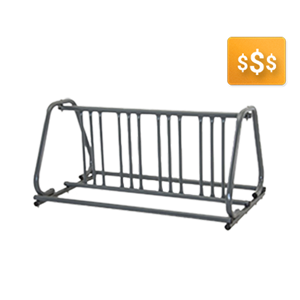







Leave your comment